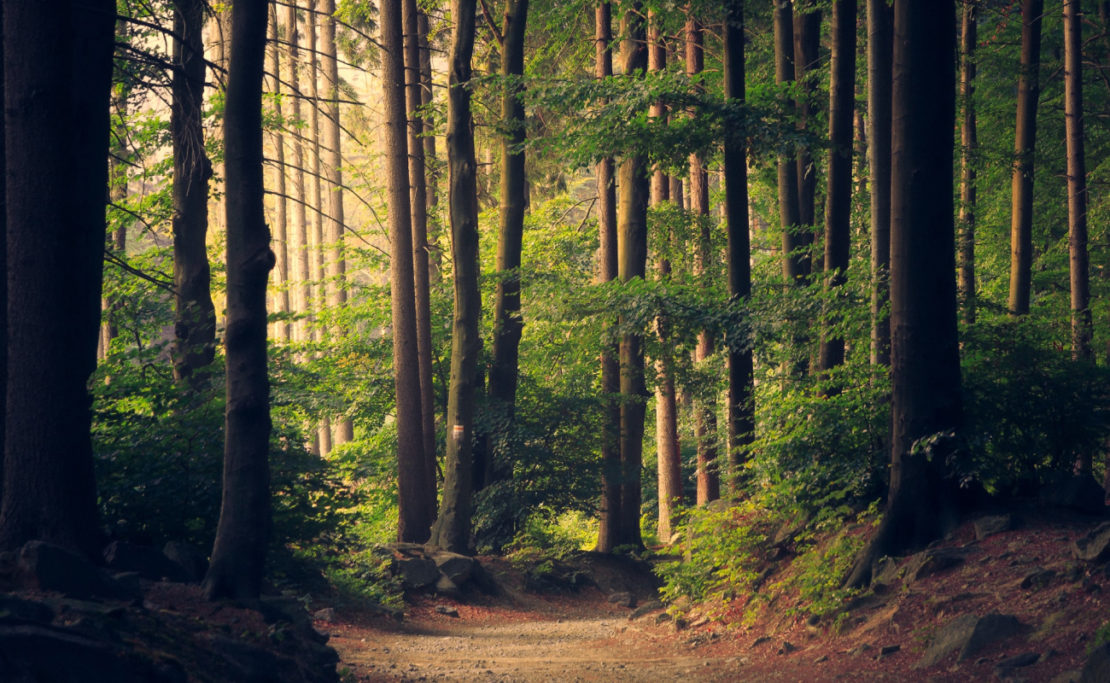Low Energy Houses
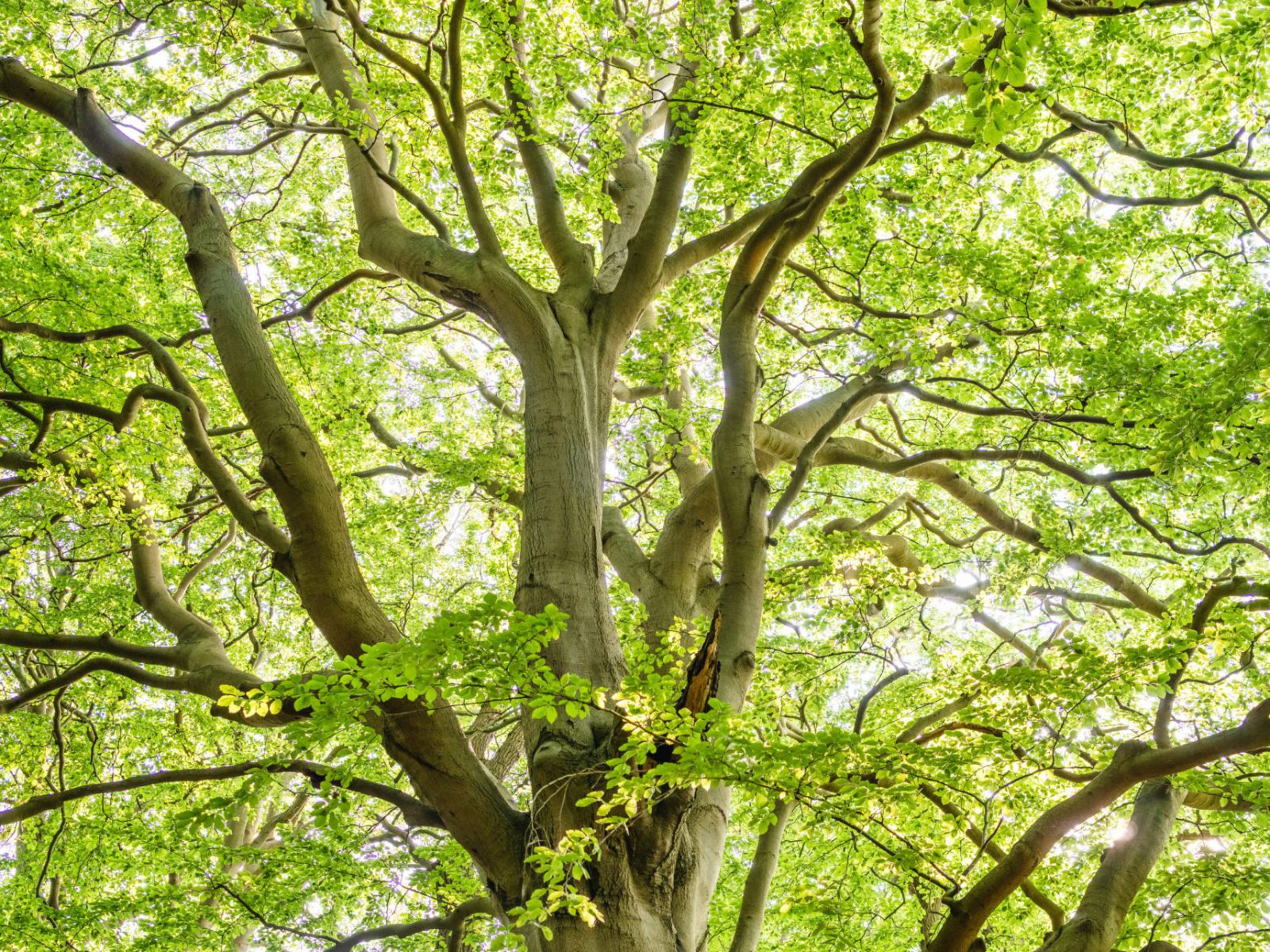
What is a low energy house?
It is any type of house wherein the indoor temperature of 20°C can be reached without using any standard heating and cooling systems. Such buildings are also known as passive houses because the prevailing heat sources are passive, e.g., solar heat, the heat emitted by people and appliances, etc.
More heat, if necessary, can be obtained from the use of a controlled ventilation system.
The basic features of a passive house are as follows
- Compact form
- Superinsulation
- Southern orientation and shade considerations
- Perfect building envelope air-tightness
- Passive air heating systems
- Highly efficient heat recovery from exhaust air
- Hot water supply using regenerative energy sources
- Energy-saving household appliances
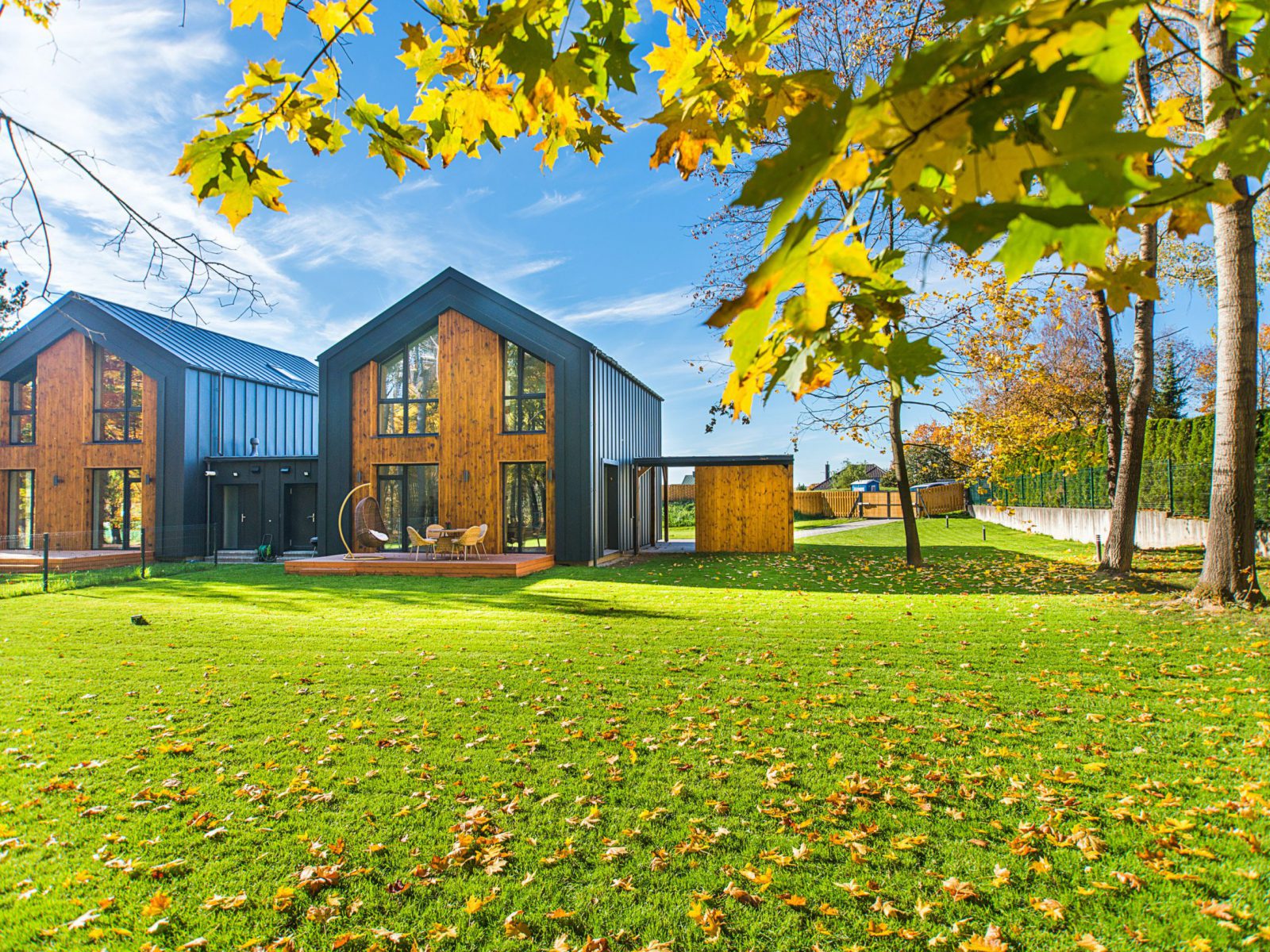
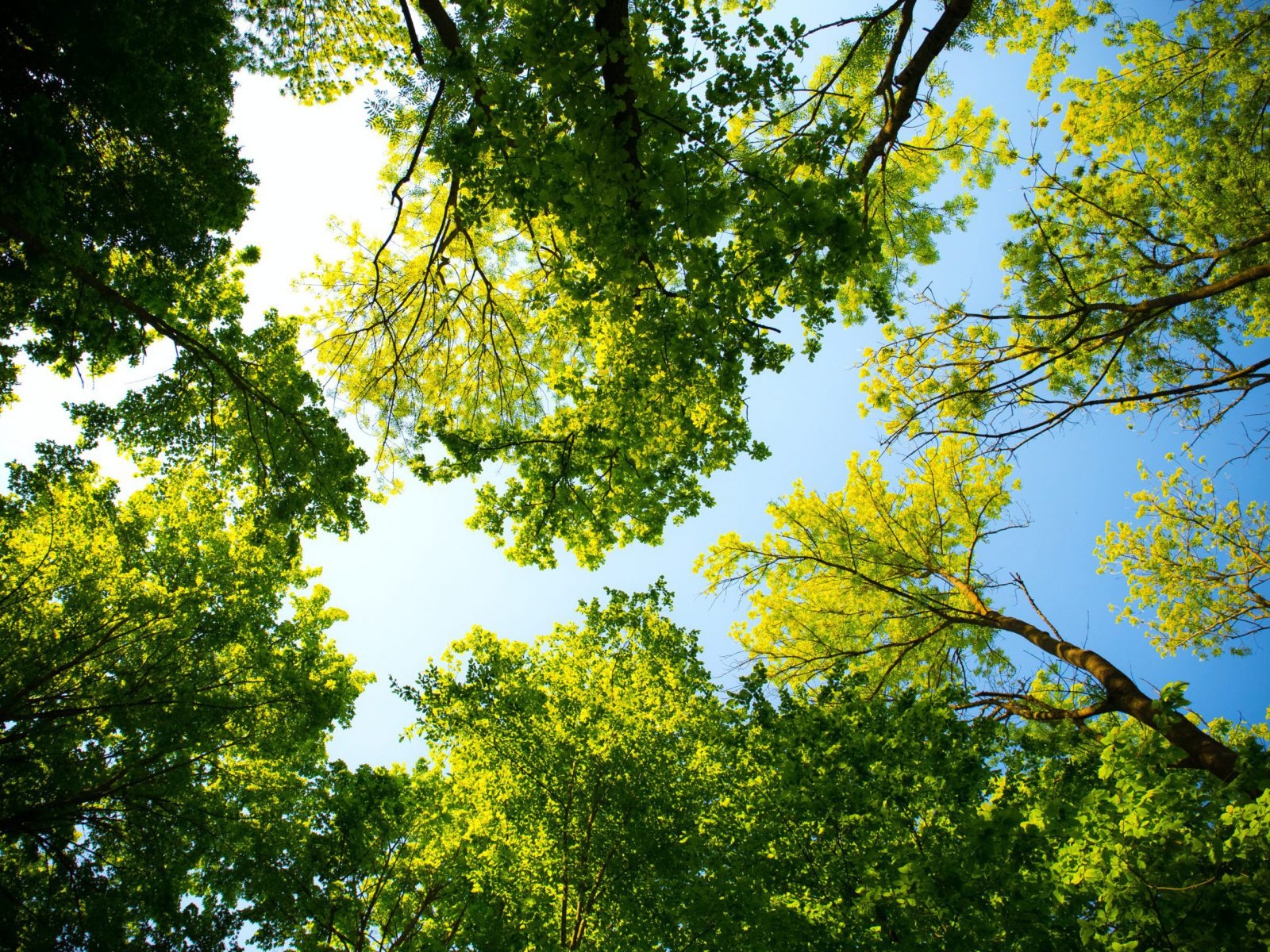
Investments in a better future
The schedule and implementation of the plan in compliance with the passive house requirements should be guided by the basic holistic approach defined by Aristotle in the Metaphysics: “The whole is more than the sum of its parts”.
Ecology
It is essential that this environment is ecologically friendly – and this is exactly what you will possess living in our house.
We offer you panel timber frame houses produced from renewable raw materials and eco-friendly materials.
No chemical protection is used in the production of the above mentioned houses.
Harmony with nature is our particular goal.

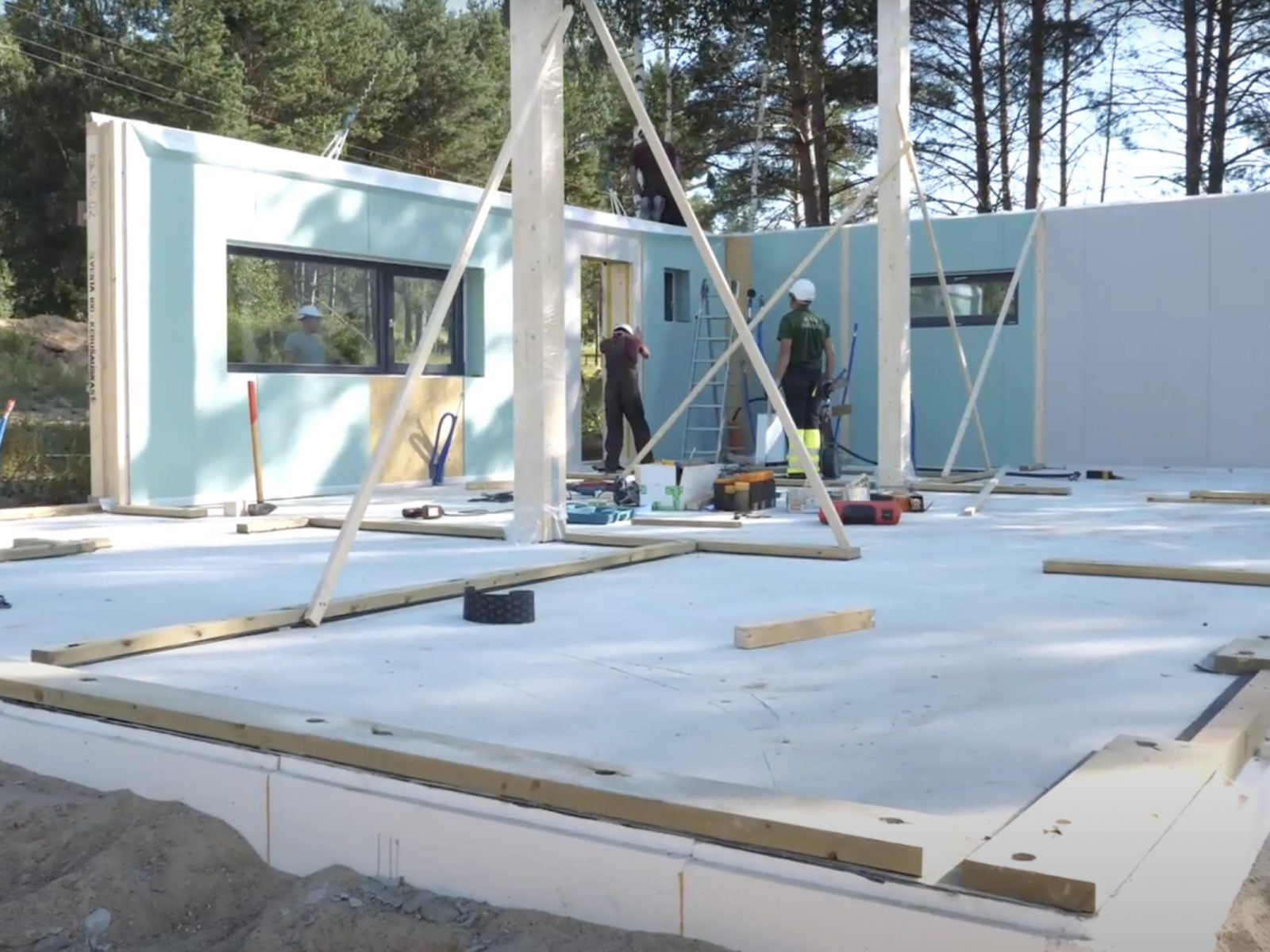
Passive house
A good example of cost-effectiveness is a rectangular house built for our client in Denmark. The height of the rooms inside the house does not exceed 2.50 m. It is oriented to the south side, where showcase windows are installed. Thanks to the special glass and window construction, even on a hot summer day, the sun’s rays do not heat up the interior of the house, and in winter, when the sun rises lower, light and a sufficient amount of heat enter the interior of the house. Such windows are offered in Lithuania by the window manufacturer Doletos langai.
Building tightness
For our client in Denmark, we produced exterior wall elements with a thermal resistance R – 9.80 (0.1 W/m2K), roof elements with a thermal resistance R – 12.60 (0.08 W/m2K). According to the recommendations adopted in Germany, it is desirable that the heat transfer coefficient U of the exterior walls – walls, roof, floor – should not exceed 0.10 W/K (sq. m) in a passive house.
Our client in Denmark conducted a building leak test (Blower Door Test) on his own initiative and at his own expense, with excellent results.
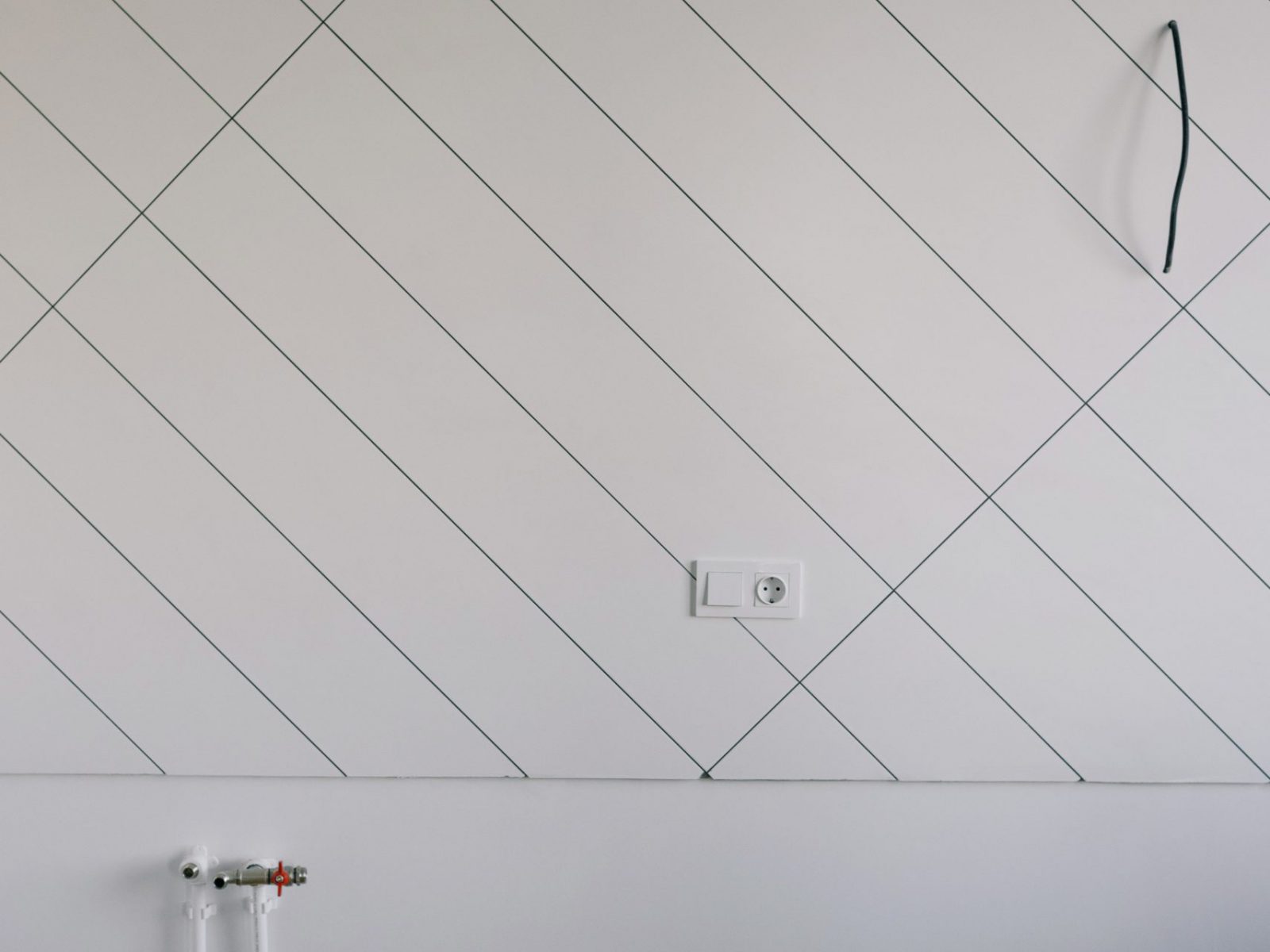
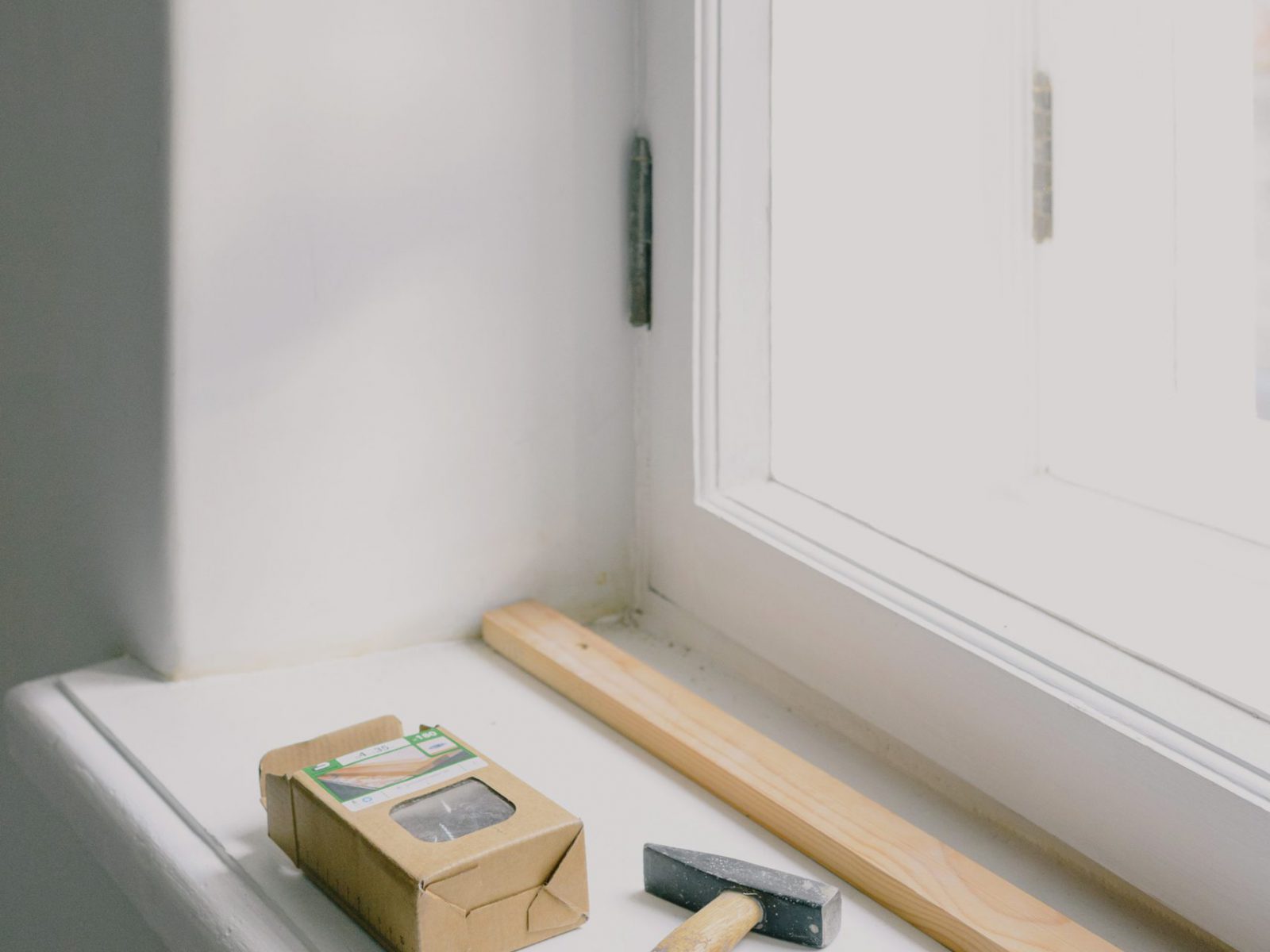
What is the blow door test of the building?
It is a diagnostic test to determine the building air-tightness and to trace air leakage sites. During the test, an air flow resulting from creation of pressure differences between the inside and outside by means of a special fan is measured. The air flow (m3/h) is measured at the pressure difference of 50 Pa. The air change rate is determined by dividing the internal volume of the building by the measured air flow.
Typical air change rates:
- for a leaky house n50 > 3 h-1
- for a low energy house n50 > 1,5 h-1
- for a passive house n50 > 0,6 h-1
Unique features of an energy-efficient house
- Compact form
- Very good insulation
- South Orientation and Shade Rating
- Excellent building tightness
- Passive air heating systems
- Very efficient extraction of heat from exhaust air
- Water heating using renewable energy sources
- Energy-saving household appliances
Start building a better tomorrow today!
Life it is wow!
Contact us and let’s start building your dream house.
